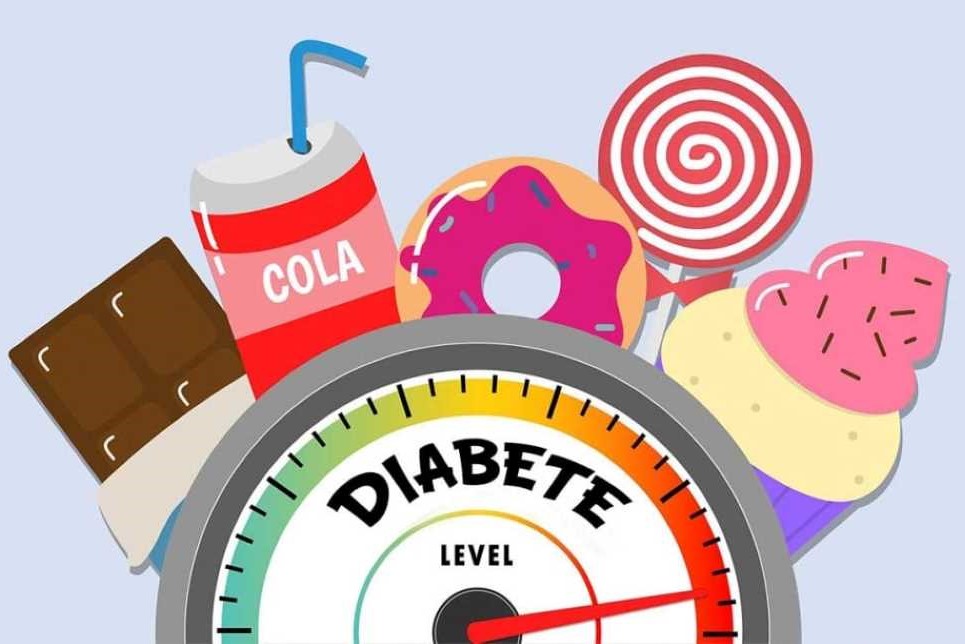
Diagnosis of diabetes: why it often arrives late
Too often underestimated, diabetes is among the most serious chronic non-communicable diseases. There are more than 3.5 million diabetics in Italy and data unfortunately shows a steady increase in mortality (+3% approximately) from this disease
The most critical aspect: late diagnosis of diabetes.
Diabetes, a silent disease
The most serious aspect is the failure to recognise the disease.
We speak of ‘undiagnosed diabetes’ to indicate that portion of the population that
- still do not know they have diabetes
- do not accept the condition of diabetic disease.
This segment of the population, therefore, does not treat the disease, which it does not know it has, and along with it the related complications including, cardiovascular risks and mortality.
Very frequently, diabetes is detected by chance, perhaps during routine or pre-admission examinations, for a planned operation, or even worse during an emergency admission, for another problem.
If a ‘known diabetic’ has a threefold higher mortality rate than a non-diabetic, on the occasion of a hospital admission, for a misdiabetic, this mortality rate increases to over 15-16%.
The delay in diagnosis is considerable: it is estimated that it takes 7-8 years or more for the disease to become certain and, during this time, it is common for chronic complications and high cardiovascular risk to appear.
The importance of diabetes diagnosis
Despite the wide-ranging awareness campaign, to this day, we still see patients in outpatient clinics who come in for mild forms of dyslipidaemia or who seek treatment for trivial thyroid problems that are still subclinical, but do not accept a suspicion of diabetic disease that has been with them for years.
This is because diabetes is a disease that must be detected, accepted and treated: a banal concept, but one that cannot be taken for granted.
At diagnosis, 71% of sufferers are overweight (vs. 41% of those without diabetes), 52% are hypertensive (vs. 18% of those without diabetes), 43% have high cholesterol levels (vs. 21% of those without diabetes), 49% are sedentary (vs. 36% of those without diabetes), 23% are smokers (similarly to the rest of the population 25%).
Unlike equally serious problems such as dyslipidaemia, hypertension, and hyperglycaemia, however, diabetes is not experienced with the same attention.
On the contrary, it is ‘justified’, neglected or disregarded.
The symptoms of hyperglycaemia
It is precisely the lack of overt symptoms that is the cause of the little consideration given to this disease.
Hence, a late detection of diabetes and its complications.
For example, the symptoms of fasting hyperglycaemia are only:
- asthenia;
- increased sense of thirst;
- polyuria (increased amount of urine).
But nothing more.
And so even severe forms of hyperglycaemia risk going unnoticed, again due to the lack of revealing symptoms.
It is for this reason that from the age of 45, or even earlier, in at-risk individuals, perhaps with diabetics in the family, hyperglycaemia should be looked for, by undergoing routine examinations, with a simple venous blood glucose sample.
The alarm bells: fasting blood glucose values
Fasting blood glucose is assessed as:
- normal for values <100mg/dl,
- pathological/diabetic for values >126mg/dl
- to be investigated between 101-125mg/dl.
A blood sample for blood glucose and, in the case of values >100mg/dl, also glycated haemoglobin is sufficient.
Diabetes risk, who should pay attention
In particular, care should be taken in the case of
- first-degree relatives of diabetic patients
- excess weight in individuals with a sedentary lifestyle;
- women with previous gestational diabetes (in the first 5 years post-natal or peri-menopausal);
- subjects with known cardiovascular risk factors (hypertensive, dyslipidaemic, obese, but also smokers);
- patients suffering from steatotic liver disease or ovarian polycystosis.
The importance of early diagnosis
Detecting the disease in its early stages makes it possible to assess and prevent the onset of chronic complications, the real cause of disability for the patient. But that is not all.
It also allows diabetes to be treated appropriately, also thanks to the latest therapies and technologies available, capable of modifying the disease’s clinical history and reducing cardio-nephro-vascular mortality.
Read Also:
Emergency Live Even More…Live: Download The New Free App Of Your Newspaper For IOS And Android
Diabetic Microangiopathy: What It Is And How To Treat It
Diabetes: Doing Sport Helps Blood Glucose Control
Type 2 Diabetes: New Drugs For A Personalised Treatment Approach
The Diabetic Diet: 3 False Myths To Dispel
Paediatrics, Diabetic Ketoacidosis: A Recent PECARN Study Sheds New Light On The Condition
Orthopaedics: What Is Hammer Toe?
Hollow Foot: What It Is And How To Recognise It
Occupational (And Non-Occupational) Diseases: Shock Waves For The Treatment Of Plantar Fasciitis
Flat Feet In Children: How To Recognise Them And What To Do About It
Swollen Feet, A Trivial Symptom? No, And Here’s What Serious Diseases They May Be Associated With
Varicose Veins: What Are Elastic Compression Stockings For?
Diabetes Mellitus: Symptoms, Causes And Significance Of The Diabetic Foot
Diabetic Foot: Symptoms, Treatment And Prevention
Type 1 And Type 2 Diabetes: What Are The Differences?
Diabetes And Cardiovascular Risk: What Are The Main Complications


